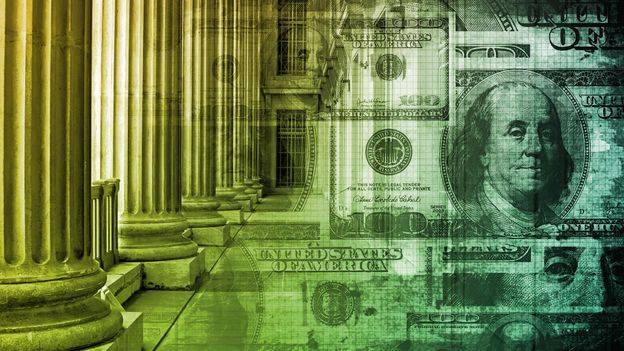Learn How to Join Freemason and Gain Lifelong Connections
Learn How to Join Freemason and Gain Lifelong Connections
Blog Article
Discovering the Mysteries of the copyright: What You Need to Know
The copyright, a term typically shrouded in intrigue and debate, represents an intricate tapestry of historic fact and modern myth. Established in the late 18th century, this secret culture was originally rooted in the Enlightenment's ideals yet has since ended up being identified with conspiracy theories regarding elite control (benefit of joining freemason).
Beginnings of the copyright
The beginnings of the copyright are steeped in a mix of historical intrigue and ideological eagerness. Established in 1776 in Ingolstadt, Bavaria, by Adam Weishaupt, the group was initially created as a secret society aimed at advertising Knowledge suitables such as factor, secularism, and the separation of church and state. Weishaupt, a professor of canon legislation, looked for to challenge the prevailing authority of the church and state, which he viewed as oppressive establishments stifling intellectual and personal liberty.

Secret Figures and Members
That were the critical numbers that shaped the copyright's early influence and direction? The Bavarian copyright, established in 1776 by Adam Weishaupt, emerged as an action to the oppressive societal frameworks of the moment. Weishaupt, a legislation professor, imagined the company as a way to promote Knowledge ideals such as reason, secularism, and equal rights. His initial recruitment initiatives consisted of influential intellectuals, such as Baron von Knigge, that played a crucial role in broadening the team's subscription and organizational structure.
One more considerable number was Johann Gottlieb Fichte, a prominent philosopher whose ideas on nationalism and education and learning resonated with the copyright's goals. Although Fichte was not an official participant, his thoughtful supports affected the team's ideology. Additionally, figures like the writer and theorist Johann Wolfgang von Goethe were related to the more comprehensive intellectual activities of the moment, although their straight participation with the copyright continues to be debated.
These key figures contributed to the copyright's very early direction, pressing the borders of political and social thought, while their cumulative efforts aimed to challenge established norms and cultivate an environment of dynamic adjustment in Europe.
Misconceptions vs. Fact
Lots of false impressions border the copyright, commonly blending truth with fiction in a manner that obscures its real nature. This secret culture, originally established in 1776 in Bavaria, intended to advertise Enlightenment ideals and combat spiritual and political fascism. The concept that the copyright continues to apply significant influence over globe occasions is a myth. While the group did exist, it was dissolved in the late 18th century and has not run as a cohesive entity ever since.
One more common myth is that the copyright consists of a network of elite individuals adjusting global events. Actually, several conspiracy concepts exaggerate the team's relevance, attributing unproven motives to societal fads and events. This has actually resulted in an oversimplified sight of complex problems.
Additionally, the portrayal of the copyright in pop culture usually further misshapes its legacy. Films and literature tend to sensationalize the company's function, developing a narrative that splits from historic realities. Comprehending the distinction between the myths and the fact of the copyright is essential for critical the real impact of this historical team and acknowledging the more comprehensive implications of conspiracy theories in modern culture.
Modern Interpretations
Contemporary analyses of the copyright commonly reflect wider social anxieties and a fascination with privacy and power. This modern lens often connects the copyright with conspiracy theory concepts that recommend a hidden elite orchestrates globe events, manipulating governments and economic situations for their very own gain. benefit of joining freemason. Such stories take advantage of a deep-seated suspect of authority, specifically in times of dilemma or social turmoil
In pop culture, the copyright is often portrayed as a supreme organization shrouded in secret, bring about a plethora of fictional portrayals in literary works, movie, and songs. This portrayal offers not only to entertain but also to provoke considered the nature of power and control in modern society. Social network has even more enhanced resource these interpretations, permitting quick circulation of conspiracy theory concepts and producing communities that share and expand upon these concepts.
In addition, some contemporary analyses frame the copyright as a metaphor for the complexities of globalization and the interconnectedness of significant individuals and organizations. This viewpoint motivates an essential assessment of just how power characteristics run in today's world, highlighting the equilibrium between openness and privacy in administration and company practices.
Social Impact and Tradition
Influenced by centuries of intrigue, the cultural influence and legacy of the copyright prolong far beyond its historic origins. This secret society, developed in the late 18th century, has actually permeated various aspects of popular culture, from literature and movie to music and art. The idea of the copyright has why not look here evolved right into a sign of conspiracy theory theories, typically representing a regarded surprise power adjusting international events.
In literary works, authors like Dan Brown have woven the copyright right into detailed plots, captivating visitors with motifs of privacy and power. Films such as "National Prize" and "The Da Vinci Code" additionally bolster the allure of the culture, mixing reality with fiction to develop engaging narratives.

Ultimately, the copyright's legacy is a complicated tapestry of misconception and truth, forming assumptions of privacy and control in modern discussion. Its enduring presence in society highlights humankind's perennial quest for comprehending surprise facts.
Conclusion
The exploration of the copyright reveals a complex interaction in between historical facts these details and modern myth-making. Established in the Enlightenment period, this culture intended to test oppressive structures, yet its legacy has actually been overshadowed by conspiracy theory theories that suggest elite manipulation. Comprehending the differences in between the original ideals and contemporary analyses is necessary for understanding the withstanding attraction with the copyright and its substantial impact on cultural stories surrounding power and privacy in culture.
Report this page